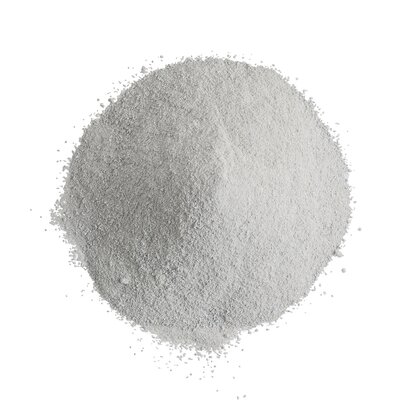Milled limestone
Limestone is a natural mineral consisting mainly of calcium carbonate (CaCO₃).
It is formed by the natural process of accumulation of the remains of marine organisms such as corals and shells, which contain calcite.
The limestone in Štramberk, which is part of the Štramberk Karst, was formed in the Jurassic period, some 145 to 201 million years ago. The limestone we mine is of high purity and is therefore suitable for flue gas desulphurisation in power and heating plants. They are also in demand for use in metallurgical, chemical and food processing plants. They are widely used in ecology and environmental protection, particularly as a neutralising agent to reduce the acidity of agricultural and forestry soils.
Ground limestone is produced by crushing and grinding lump limestone into a fine powder. The grinding technology allows different types of fineness to be achieved.
The following types of ground limestone are then produced according to the fineness of the grinding.
It is formed by the natural process of accumulation of the remains of marine organisms such as corals and shells, which contain calcite.
The limestone in Štramberk, which is part of the Štramberk Karst, was formed in the Jurassic period, some 145 to 201 million years ago. The limestone we mine is of high purity and is therefore suitable for flue gas desulphurisation in power and heating plants. They are also in demand for use in metallurgical, chemical and food processing plants. They are widely used in ecology and environmental protection, particularly as a neutralising agent to reduce the acidity of agricultural and forestry soils.
Ground limestone is produced by crushing and grinding lump limestone into a fine powder. The grinding technology allows different types of fineness to be achieved.
The following types of ground limestone are then produced according to the fineness of the grinding.
